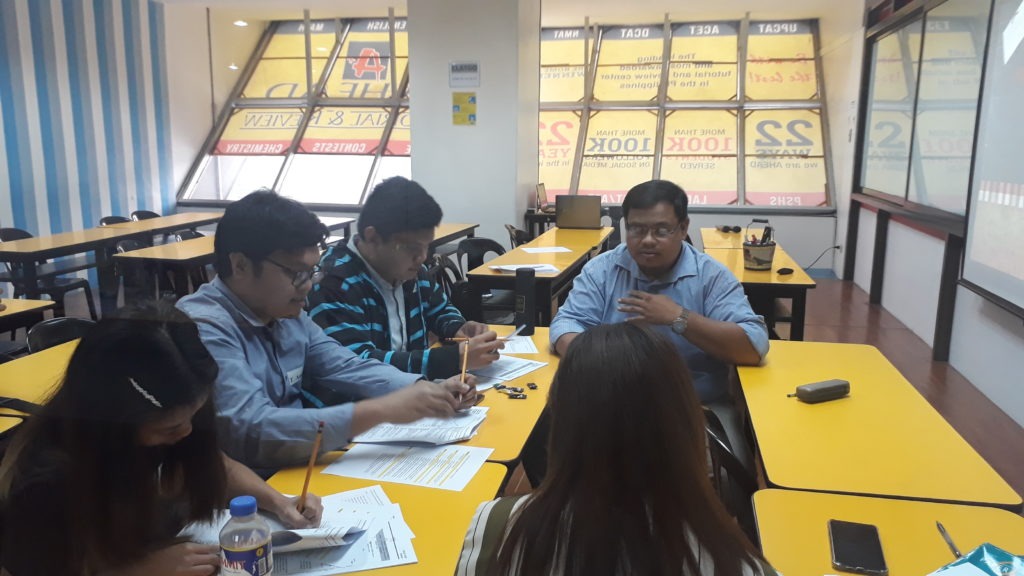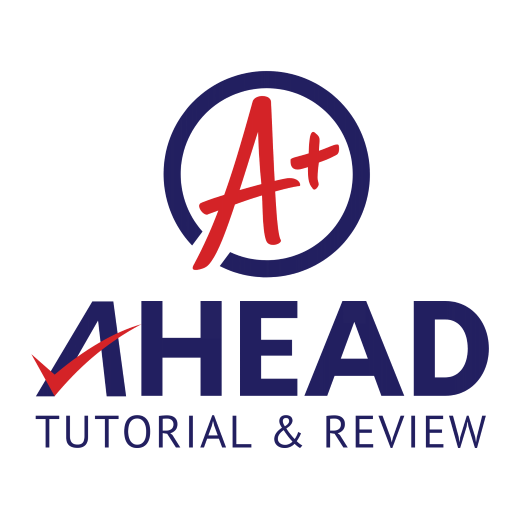
“Just as a knife can be sharpened only on the side of another, so a disciple of a sage improves [his learning] only through his chaver (companion).” – Rabbi Hama b. Hanina
What is Havruta (pronounced as ħabrutɑʔ or χavˈʁuta)? For a great majority of you, this may seem like a very strange and foreign word. But it actually refers to a form of partner learning, in which two (or even five) people gather to improve their comprehension of and discuss and analyze a text. It is an ancient form of learning that originated in the Middle East and has produced thousands of scholarly works on the Bible and various other texts. Derived from Aramaic, the word (חַבְרוּתָא) means companionship or friendship. Originally a method of learning in religious academies, it has also spread to be used pedagogically in several secular schools in Western countries and even in Asian countries, such as China and South Korea. For instance, even the Ateneo de Manila University has professors and lecturers that use the havruta method to engage students in their learning and readings. So with all of that, one may wonder, “What does the Havruta method entail?”
How Does the Havruta Method Work?

Before and after lectures from teachers, students study a text or a lesson with a partner and engage in close reading. Teachers can have the students change partners in the middle of a quarter or a semester in order for them to gain new perspectives from different people. At times, when students find a point or an aspect of the lesson that is unclear to them, they can ask their teachers, the teaching assistants, or even experienced classmates for help. But, generally, with their partner, they both engage in the reading and learning process. Since certain reading materials and texts are open to various interpretations and forms of criticism, partners are supposed to present their own opinions and interpretations to each other. They also analyze different interpretations and opinions and are encouraged to form their own theories and hypotheses that can help reconcile certain gaps or supposed errors in the study, making vague ideas more precise with more clarity.
During the havruta sessions, students are given the platform to inquire about and question the readings and various aspects, including the language use, the writing style, the genre, the word choice, explicit and implicit meanings and various aspects of the reading material. They can read the passages aloud and, at times, interpret silently. In their discussions, they are given the chance to defend their side and to persuade their partner through arguments and strong points in reasoning and logic. With that, partners can point out errors in each others’ reasoning and analysis and question their ideas. At times, the arguments and debates between students can take place. But, eventually, they can sharpen, amend and fine-tune their ideas, learning new perspectives from their companions. Furthermore, teachers can encourage students to have respect for others by allowing them to listen to different opinions, analyze them and respond to them. Eventually, they are expected to arrive at a conclusion and a mutual understanding of the text with new ideas and insights.

Social Skills

Indeed, the Aramaic word means friendship or companionship. During such sessions, students can learn from others’ different perspectives and background, developing a deeper understanding and appreciation of other people. They also get to hone their social skills by learning to respect the perspectives of other people and their unique situations. Furthermore, they get to go beyond their comfort zone since good friends are discouraged from being haverim (partners). Oftentimes, experienced students that are well-versed in the subject can help those who are struggling. Interestingly, havrutot (havrutas) can lead to lead to lifelong relationships and friendships. A shared commitment to learning and growth can create a close bond between study partners. With that, students can learn about commitment and learn to be responsible for each other, especially in their studies. In fact, it is considered looked down upon when someone disappoints or cancels on his/her havruta.
Learning Benefits of Havruta

Normally, in a classroom setting, students are simply recipients of a teacher’s lecturing, and oftentimes, the lessons are memorized and put into practice through testing. However, havruta methods of education allow students to critically think and gain new insights on their own. Havruta learning also helps students keep focused on their learning, practice and improve their reasoning abilities and express their thoughts well. According to Korean researchers Chung and Lee (2019), studies have generally suggested that learners have improved their self-directed learning and motivation for learning. Furthermore, another study (2016) showed that students had more opportunities to speak in havruta sessions compared to classroom sessions, supporting independent and creative learning. Those who are reluctant to speak in larger groups find more ease expressing themselves in smaller havruta groups.
Application in Tutoring and Partner Learning in AHEAD

In AHEAD, the havruta method can also be applied when the tutor and tutee discuss reading comprehension materials and lessons. For example, with regard to poetry, the tutor can ask questions about the imagery, purpose, figurative language, interpretations and evaluating the text. Furthermore, the tutor can ask for the student’s insights, thoughts and interpretation of the text. On the other hand, the tutor will offer his/her own interpretation and at the same time, analyze the correct answers given by the teacher’s handbook, and compare the different explanations. In relation to the correct answers, the tutor can further expound on them and talk about critically analyzing the language use, the writing style, the genre, the word choice, explicit and implicit meanings and various parts of the reading. They can read aloud or interpret quietly as well. The tutor can point to each portion of the text, explain the questions and help the students analyze well. As for the reading comprehension tutors, those teaching should give their tips and previous learnings in order to help the student become better.
On the other hand, lecturers can use the havruta method as an alternative method while teaching reading comprehension. For instance, they can break students apart into pairs or trios and have them discuss the sample reading material for the entrance exam review classes in their small groups. The small group sessions can last for 10-20 minutes before they gather back for the general class discussions. With that, the lecturer will ask for each of the insights gathered and relate them to effective reading comprehension techniques and the correct answers for the sample entrance exams. Students can also be encouraged to meet up independently with one another after class and discuss the reading materials and insights on their own.
For more information on sample havruta activities, you can check: https://www.researchgate.net/publication/296332919_Partner_Learning_Havruta_for_Close_Reading_Comprehension
Here in AHEAD, we really believe in helping learners and their potential, especially through a love of reading. Considering the sad results of the Programme for International Student Assessment 2019, wherein the Philippines placed last for reading comprehension, we hope to help others with reading skills that will help them in the future. With that, we hope to inspire students, especially through new methods that can help encourage them in learning and their reading. With the college entrance examinations coming up, we hope that our students can develop themselves, especially when they help each other, develop their critical thinking, and develop new insights.
REFERENCES
Blumenfeld, B. P. (2010). Can Havruta style learning be a best practice in law school. Willamette J. Int’l L. & Dis. Res., 18, 109.
Chung, E., & Lee, B. H. (2019). The Effects of a havruta Method on the Self-directed Learning and Learning Motivation. Journal of Problem-Based Learning, 6(1), 3-9.
Kent, O. (2010). A theory of havruta learning. Journal of Jewish Education, 76(3), 215-245.
Kent, O., & Cook, A. (2012). Havruta Inspired Pedagogy: Fostering An Ecology of Learning for Closely Studying Texts with Others. Journal of Jewish Education, 78(3), 227-253.
Kent, O., & Cook, A. (2014). Teachers as learners and practitioners: shifting teaching practice through havruta pedagogy. Religious Education, 109(5), 507-525.
Segal, A. (2003). Havruta Study: History, Benefits, and Enhancements. Notes from ATID.
Shargel, R., & Laster, B. P. (2016). Partner Learning (” Havruta”) for Close Reading Comprehension. English journal, 63-68.
